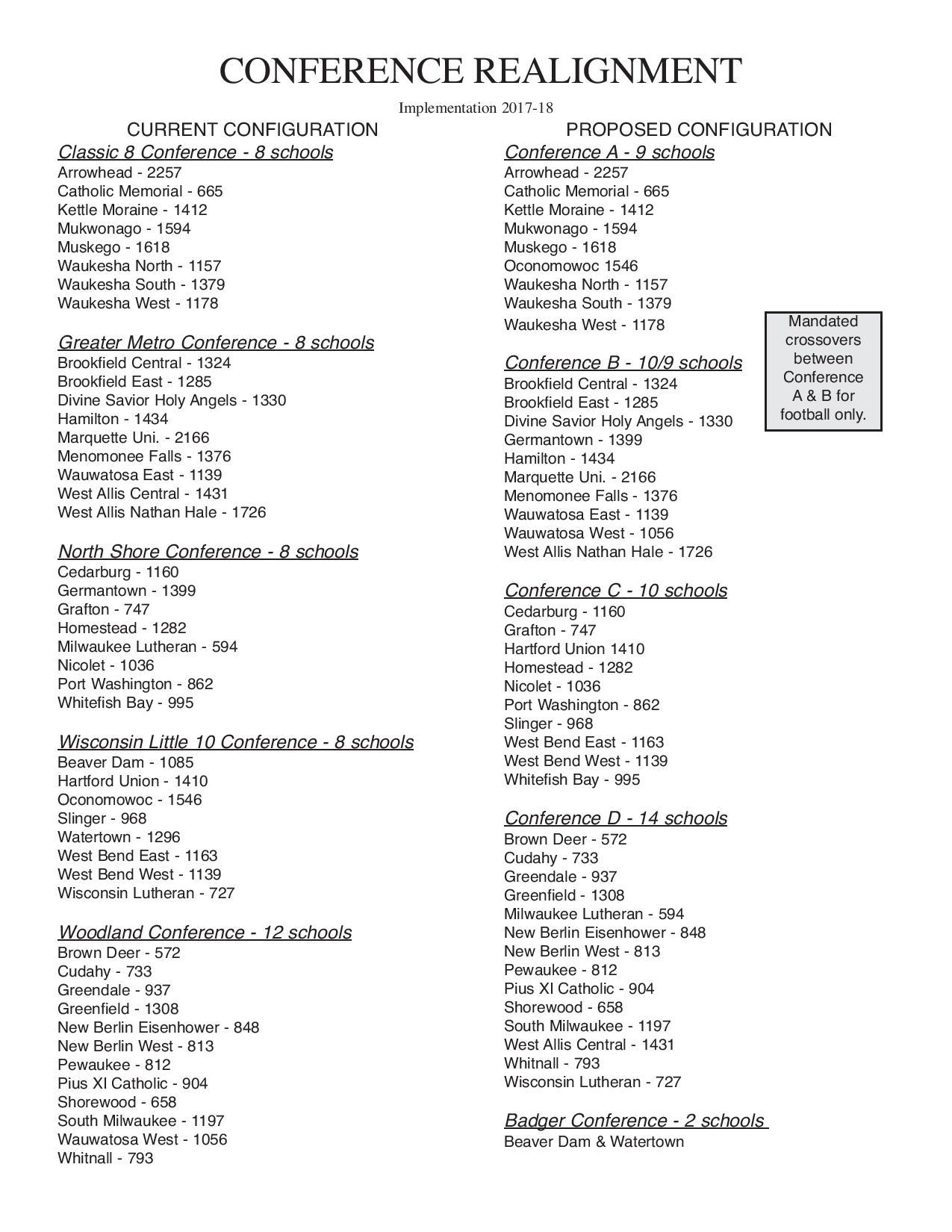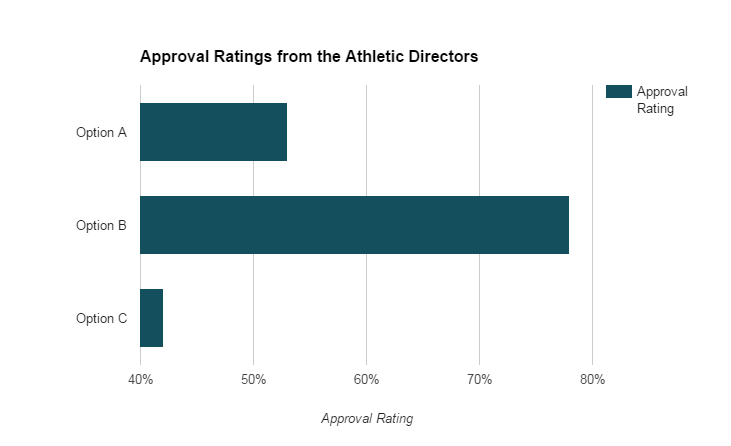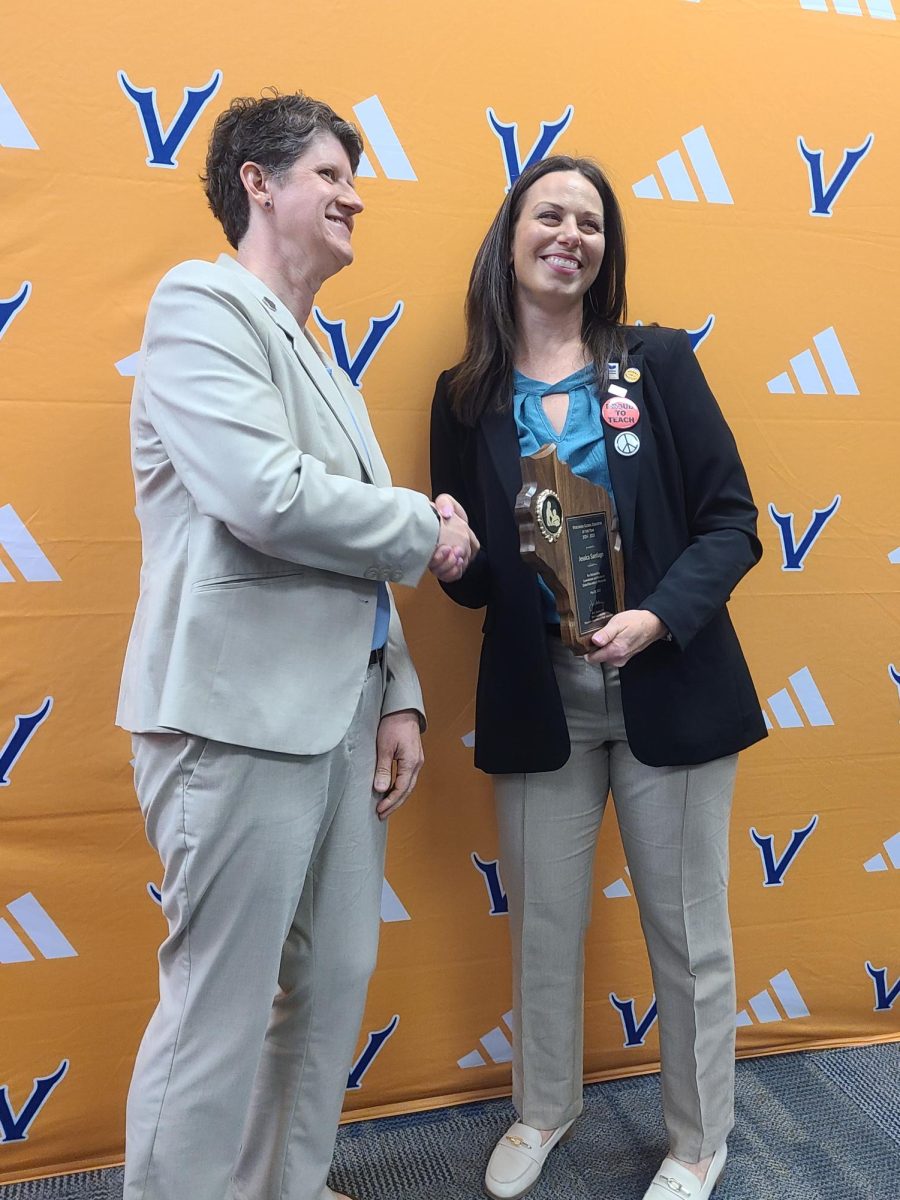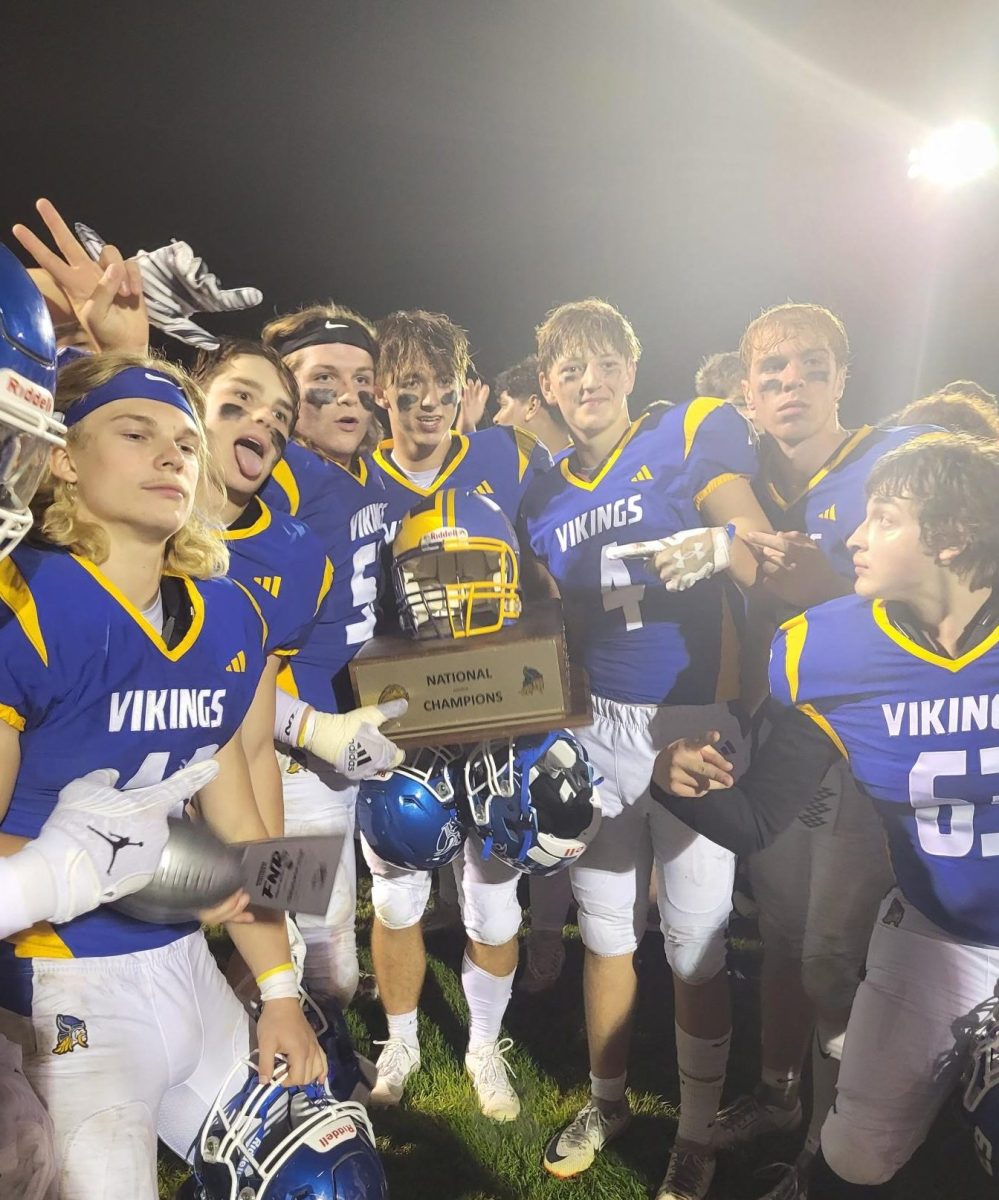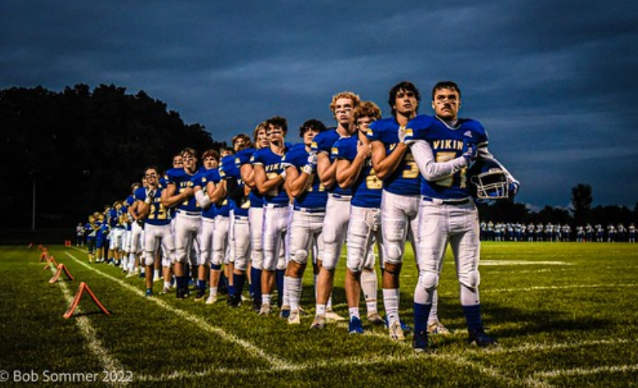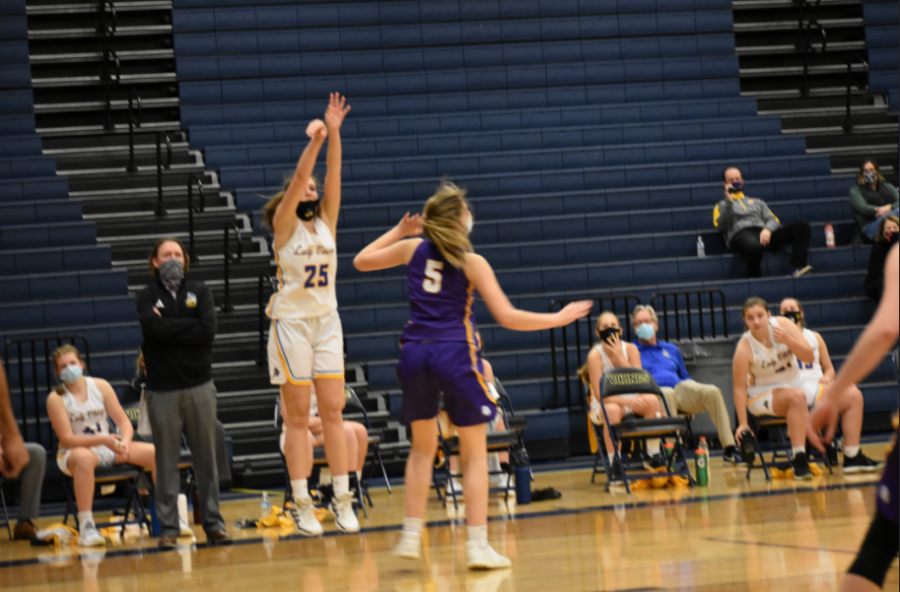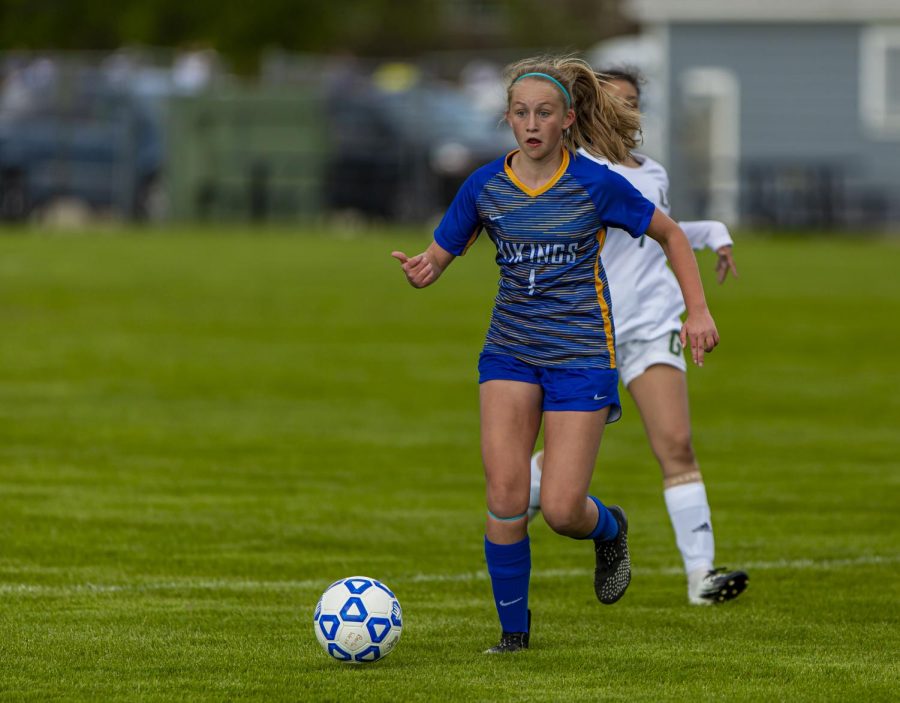Change. A word embraced by some, but dreaded by others.
Change in the form of conference realignment is not a new concept here in Southeastern Wisconsin. Conferences commonly become realigned as some schools leave and others join. In 2012, our own Woodland Conference saw a few changes as St. Thomas More and St. Francis left and Pius XI joined. Critics claimed it was unfair to have a private school with no district borders join a conference of public schools. Though some did not look at this change as favorable, the realignment was met with no real resistance.
Now, these concerns and more are resurfacing as the Woodland will lose one school and gain three in the coming 2017-2018 school year. However, this time around the transition hasn’t been so smooth. Fellow members of the Woodland have been pretty split on their thoughts of the this new plan.
Known as the “Hauser Plan” the current plan for realignment was created by Deb Hauser, an associate director on the WIAA Board of Directors. Upcoming changes to the Woodland include the addition of Wisconsin Lutheran, West Allis Central, and Milwaukee Lutheran and the departure of Wauwatosa West. Outside of the Woodland, this plan will disband the Wisconsin Little 10 Conference, moving schools to the current Greater Metro, Classic 8, Badger, North Shore, and Woodland conferences. This would cause the new “Classic 8” and “Greater Metro” to have 9 teams while the rest have an even number. Hauser declined to comment on three separate occasion citing that the realignment was “still subject to legal proceedings.”
Complicating the process of realignment was the lawsuit filed by Wauwatosa West after the plan was released. Wauwatosa West claims that the WIAA was outside it’s power to move schools into conferences they see fit. This lawsuit was filed in a last minute attempt to prevent their realignment into the Greater Metro Conference. Jeffrey Gabrielsen, Wauwatosa West’s athletic director, stated that both the Wauwatosa schools wanted to be in the Woodland together due to competitive reasons. This move was unexpected for many, as Wauwatosa West did not request to be moved from the Woodland, and their district counterpart, Wauwatosa East wanted to become realigned into the the Woodland.
“No credible data or criteria was used to make this decision and it is obviously not a good situation for East or West,” stated Gabrielsen. The Milwaukee County Circuit Court dismissed the lawsuit made by the Wauwatosa School District as it is in the WIAA’s power to align conferences.
A similar lawsuit was filed by Slinger High School in 1997. They claimed they were subject to unfair realignment as well. Once again, it was ruled that the high school is in contract with the constitution set forth by the WIAA. The judge in this case ruled that “WIAA membership has agreed to give almost unfettered power to the Board to decide the issue of alignment.”
This means that the WIAA Board of Control has almost total power over realignment, and very little can be done to stop them due to the contract that all high schools, or members of the WIAA, are subject to.
Realignment itself is a complicated issue, as there are very few set guidelines to follow. Schools request to be realigned or “seek relief” at yearly regional meetings, mostly on the grounds that they feel as though they can no longer compete in their conference, but sometimes due to travel distance. These requests are looked upon by the WIAA board and are either approved or denied. A majority of the time it’s the latter decision. Schools such as Wauwatosa East, Waukesha North, and Waukesha South constantly seek relief as they struggle in their conferences, the Greater Metro and the Classic 8 respectively, and are constantly met with disappointment as their requests are denied.When teams have a reputation of failure, athletes may not go out, resulting in a decrease of participation.
Schools don’t seek relief when their basketball team has had a rough three seasons, for example. Schools seek relief when a majority of their sports teams are ending up in the bottom half of conference standings after more than five years; their requests are not made in haste. With all the time and energy needed, the last thing athletic directors want to deal with is having to change conferences, so if they are seeking relief, the problem is relevant.
The problem was resolved for the schools moving into the Woodland. West Allis Central, currently a member of the Greater Metro, feels as though the Woodland is a much better fit for them in regards to both demographics and athletic competition. Besides wrestling, where they have found success, Central has finished in the bottom half of the conference for at least the past five years in all sports, both boys and girls.
Losing records have a negative effect on other aspects of school culture. School spirit and participation rates also decrease as a result. Critics of Central’s move such as the athletic directors from Pewaukee and Whitnall claim it’s unfair that a school with an enrollment just short of 1,500 is being put into a conference mostly of schools with enrollments below 1,000 students. However, this enrollment number isn’t indicative of the amount of athletes the teams field.
Another aspect that affects participation that goes unnoticed is the poverty rate of the school. Central has by far the highest poverty rate of all the Greater Metro Conference at 70%. All the other schools, besides West Allis Nathan Hale with a 49% poverty rate, have a rate of 20% or less. According to Brian Vissers, the District Communications Director for the West Allis-West Milwaukee School District, these higher poverty rates have a direct correlation with participation rates. “We feel that there are a greater number of schools in the Woodland that more closely meet our socio-economic makeup,” stated Vissers.
When you take into account the amount of athletes that actually participate at Central, they are a lot more comparable to Woodland schools than before.
But what about private schools Milwaukee Lutheran and Wisconsin Lutheran? How do they fit into the Woodland? Ever since Pius XI moved into the Woodland, it has been a point of controversy whether or not private schools are a good fit in the Woodland. Their enrollment is fluid from year to year due to the fact that there are no borders to really pull from. But this can be a double-edged sword. Between years enrollment can fluctuate from high to low because it all depends on choice. This can negatively affect participation as well. Once again, with fewer students come fewer athletes.
Keith Kalous, Milwaukee Lutheran’s athletic director further explained how this can be an issue, especially for them in the North Shore Conference. With an enrollment of 645 in the 2016-2017 school year, they are more similar to Woodland schools, rather than ones in the North Shore, like Germantown and Homestead with numbers above 1,000. In the case of football, Milwaukee Lutheran has about 35 varsity athletes, compared to the previously mentioned schools with 50-60 athletes. The fewer amount of athletes increases the risk of burnout and injury, as players have to play both defense and offense and they are further exposed to more hits and tackles. Back in the 90’s when the private school league, WISAA, merged with the public school league, WIAA, Milwaukee Lutheran wanted to be placed into the Woodland. For some reason unknown, they were placed into the North Shore, and although unhappy, have been grateful of the hospitality the conference has given them all the years.
Wisconsin Lutheran is in a similar situation. Their enrollment number in their current conference, the Little Ten, is one of the lowest, compared to schools like Oconomowoc and Watertown, resulting in a fewer amounts of athletes. Like Milwaukee Lutheran, their enrollment can fluctuate from year to year, so participation is not guaranteed. With a current enrollment of 779, that number puts them in the middle of the Woodland. A main benefit and reason for the conference change was the extensive travel time. Jeffrey Sitz, Wisconsin Lutheran’s athletic director, stated that the closest trip for conference play was 35 minutes with no traffic, and the longest one was an 80 minute ride to Beaver Dam. This took a toll on student athletes who sometimes wouldn’t return back to school until 11:30.
Now, Wisconsin Lutheran will be in closer proximity to their opponents in the metro Milwaukee area. Sitz sees the move as only a positive and is “excited to be in a great conference with schools that are much closer to our front door.”
Many athletic directors, whether they agree with the move or not, agree that the process of the recent realignment was not clear enough. Cudahy High School’s athletic director, Clayton Hemphill, claims, “The process was not transparent, and there were too many contradictions of rationale for the reasons why schools were moved.”
That was a cause for much of the distaste. Athletic directors were confused with how the decision was made and frustrated with how it was communicated by the board. Germantown’s athletic director, Jack Klebesadel, explained that the WIAA is the only high school athletic association that directly has a part in realignment. All other states from coast to coast have different systems. States such as Virginia, Michigan, Maryland, Illinois, and Minnesota all have representatives, either elected or appointed, that sit on a realignment board. Enrollment numbers are reviewed every two years in Minnesota and Maryland and every four years in Virginia. If the change is too significant, realignment for that school will take place. Though more complicated than explained, systems like these eliminate the need for schools to “seek relief” year after year in conferences where their numbers simply lack compared to others.
Schools around the Woodland have had mixed reactions to the realignment. “It doesn’t make sense,” stated Pewaukee High School athletic director, John Maltsch, “that you are sending a school that is struggling in our conference (Tosa West) to a perceived stronger and larger conference and replacing that school with a school that is larger in enrollment (W.A. Central) to the Woodland.” Maltsch doesn’t believe the additions are good fits, adding that Wisconsin Lutheran is “a private school powerhouse.” He believes that status quo would have been the best solution.
Directors LeVar Ridgeway and Scott Bruening, from Shorewood High School and Whitnall High School respectively, are indifferent about about the changes. Both communicated that competition will increase but acknowledged realignment is a part of high school athletics.
This realignment has only a small impact for New Berlin West. West currently sits near the middle of the Woodland in terms of enrollment and athletic enrollment. Athletic director Jordan Napoli explains that where West will gain competition, they will also gain difficulties when it comes to scheduling, as more conference games will need to be added.
As the years go on, it will be interesting to see if a new process for realignment is developed and implemented here in Wisconsin. Perhaps it would include granting more say on the regional level, where the demographics and dynamics are better understood. Many across the state are intrigued to see how the Woodland will both operate and perform having 14 schools. There is also great interest in both of the Wauwatosa schools, who both hoped to be a part of the Woodland. Wauwatosa East High School athletic director, Michelle Guyant-Holloway, said “Sometimes you need to grin and bear it, but other times you need to see where improvements can be made.”
